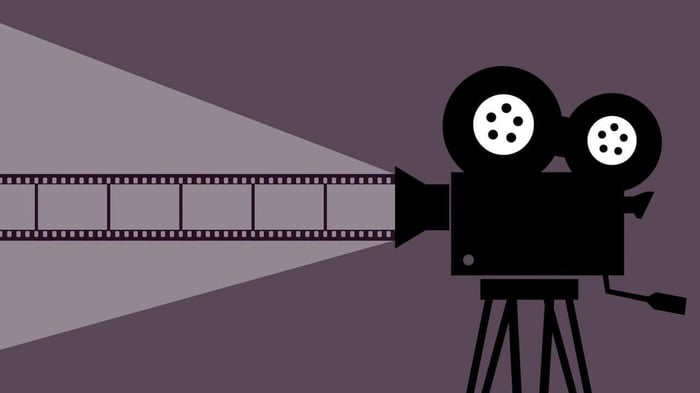The Bridge between Architecture and Film
The link between architectural design and film is an important one. For instance, designers may think of architectural space as narrative, which is also a way to think about the sequential frames that yield a film. But have you ever thought about using the tools and process that filmmakers use to help you visualize your architectural design during its initial concept development stage?
Specifically, the storyboarding technique is very beneficial to help designers think in terms of narrative at deeper levels. And this is becoming evermore vital as interactive and adaptive architectural design calls for more dynamic design thinking. For example, in the following concept sketch visual you can see how a building made of interweaving contours can grow and shrink over time. I created the following architectural concept sketch to show you how I use storyboarding to greatly help me see the dynamic architectural character and language of a design project.

Storyboarding the Dynamics of Architecture
With filmmaking tools and techniques, I am able to see a kinetic, interactive, or behavioral environmental design earlier in my creative process. Furthermore, I can use such storyboarding techniques to see into the dynamics of interaction between architectural features and occupants or between the architectural system and the surrounding context, including nature.
In the visual above, you can already see the building coming to life dynamically through my sketch. Thus, adding a storyboard to my design process is very beneficial for the ultimate success of my architecture project concept design – not only to see the building in motion as with film, but to also help me to better understand how the architectural space interacts, responds, and behaves within different situations and events. (This is key for adaptive sensory design environments.)
Thus, the time is ripe for architectural design to leverage the tools of other creative disciplines. Much can be gained when thinking strategically about them. And when doing so with the right design questions in mind, great design breakthroughs and a-ha moments arise.
Image Credit: © Mohamed_Hassan | Pixabay




